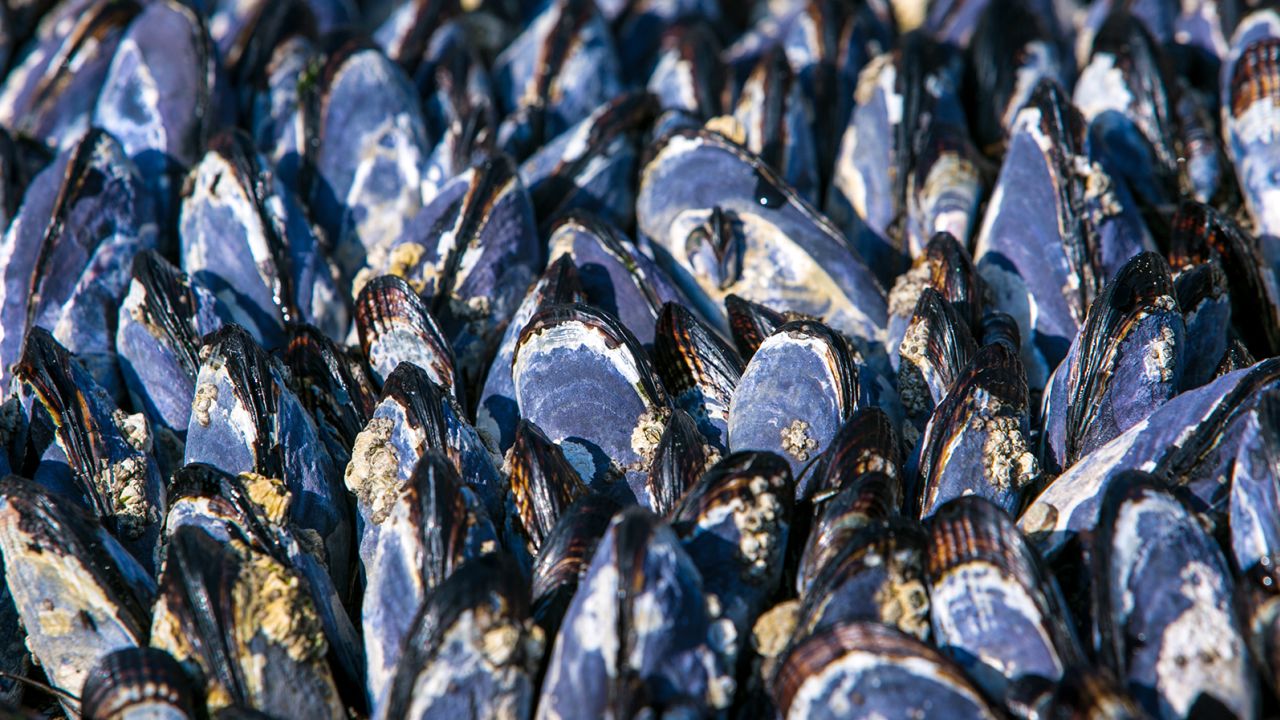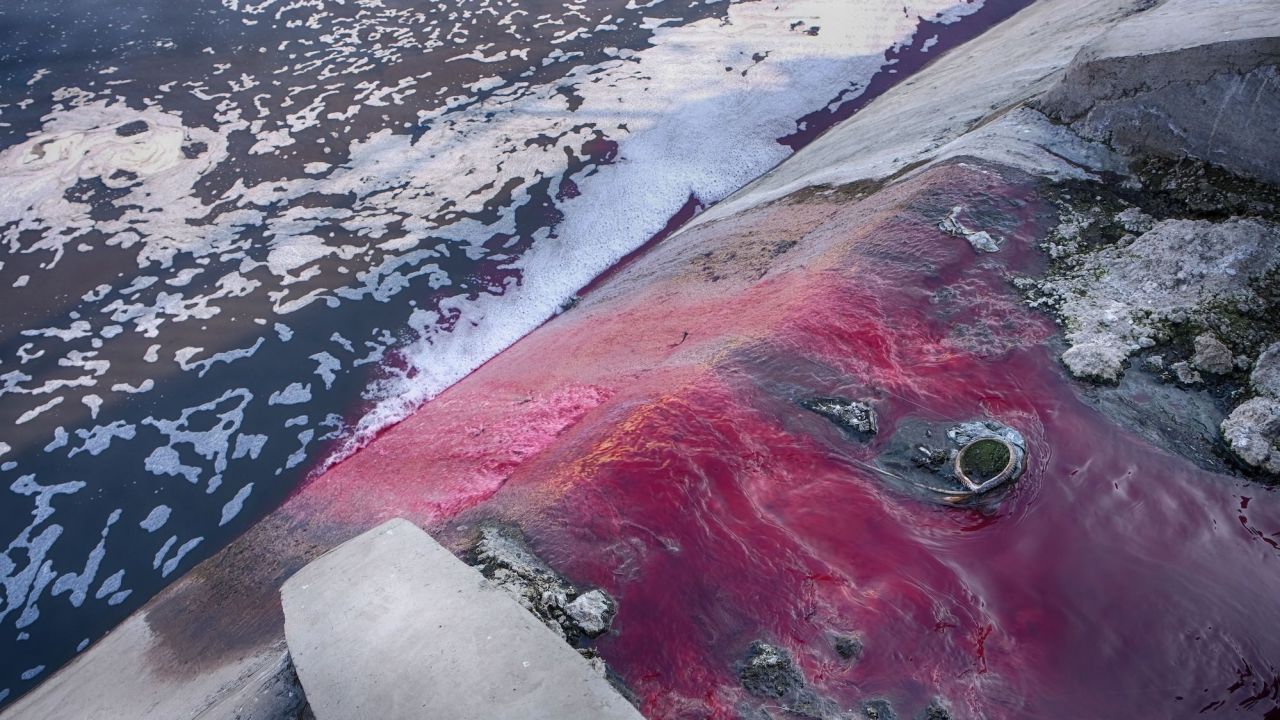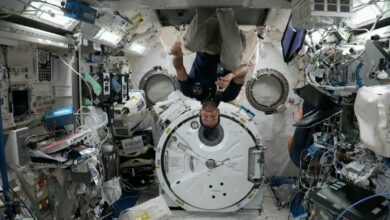
Every year, the textile industry uses 1.3 trillion gallons of water to dye garments – enough to fill 2 million Olympic-sized swimming pools. Most of this water, loaded with harmful chemicals and dyes, flows untreated into rivers and streams.
That’s why researchers at Khalifa University in Abu Dhabi, United Arab Emirates (UAE), have created a new nanomaterial that they say can clean up these dyes and other pollutants from industrial wastewater.
The material consists of tiny sand-like grains, only visible to the naked-eye in clusters, which collect pollutants on their surfaces and in their pores, says Enas Nashef, project lead and a professor of chemical engineering at Khalifa University.
The nanomaterial consists of a substance called a polymer that mimics the “glue” that mussels use to stick themselves to rocks, combined with a solvent. Finding the right solvent was a challenge, says Nashef, because most solvents are toxic, but the team identified one which is both effective and, crucially, eco-friendly.
“If the thing you use will pollute the water, then what is the benefit?” he says.

The team tested their nanomaterial on a red-orange dye called Alizarin Red S, and published their findings earlier this year.
“So far, there are no toxic effects,” says Nashef, adding that the polymer can be cleaned of the pollutants and then reused.
“We’re looking at the efficiency and also the environment at the same time,” he says.
A global water crisis
While the textile industry is one of the biggest contributors to industrial wastewater, it’s not alone: manufacturing, mining, petrochemicals, pharmaceuticals and agriculture all add to the problem.
The United Nations estimates that globally, nearly 95 trillion gallons of wastewater are produced every year – roughly equivalent to 41 years of drinking water for the entire human population.
A landmark report, published last month by the Global Commission on the Economics of Water (GCEW), found that just 20% of wastewater is currently treated, with far less being recycled, contributing to a global shortage of clean water. The report anticipates that demand for freshwater will outstrip supply by 40% by 2030.
The textiles industry accounts for up to 20% of industrial wastewater globally – one of the reasons that Nashef and his team decided to focus their efforts on dyes.

They targeted “anionic dyes,” because there are not many effective methods to remove these types of dye from water. Nashef’s hopes his high-efficiency material can make a dent in the sector’s dirty wastewater problem.
“Right now, they can treat the (other) dyes, but with the anionic dye, they are facing problems,” says Nashef. “So they will need (this nanomaterial) to treat it.”
Beyond textiles
Now that the mussel-inspired nanomaterial has shown promising results in the lab, Nashef is looking for industrial partners, to test it in the field.
He also hopes to devise solutions for cleaning more than just textile dyes from water.
Nashef is developing another nanomaterial that he says could remove viruses from hospital wastewater – an innovation that could help manage the spread of future pandemics.
These water-cleaning polymers could also help to make desalination processes more sustainable – an important factor in the Middle East, where freshwater sources are scarce. Desalination plants consume a lot of energy to remove salt from water. Nashef says that using membrane-based nanomaterials in pre-treatment could cut the energy needed to clean the water. “If we can target that, it will reduce the load on the desalination plants,” Nashef adds.
Ultimately Nashef hopes his work in his lab will have a real-world positive impact on water supplies – and “do something for the next generation.”




